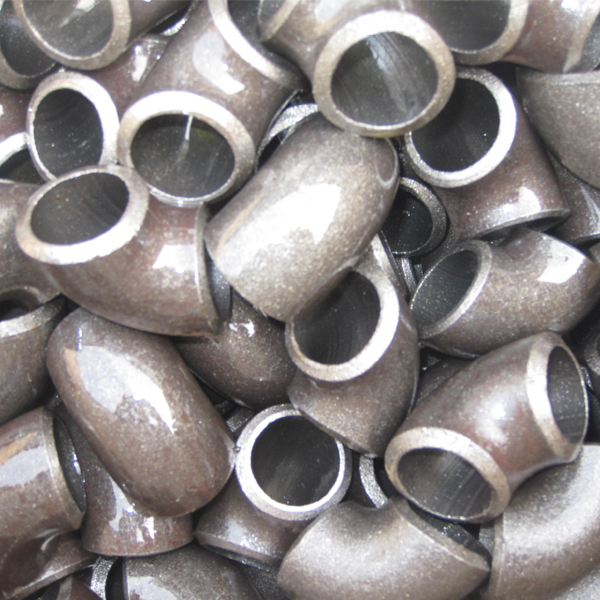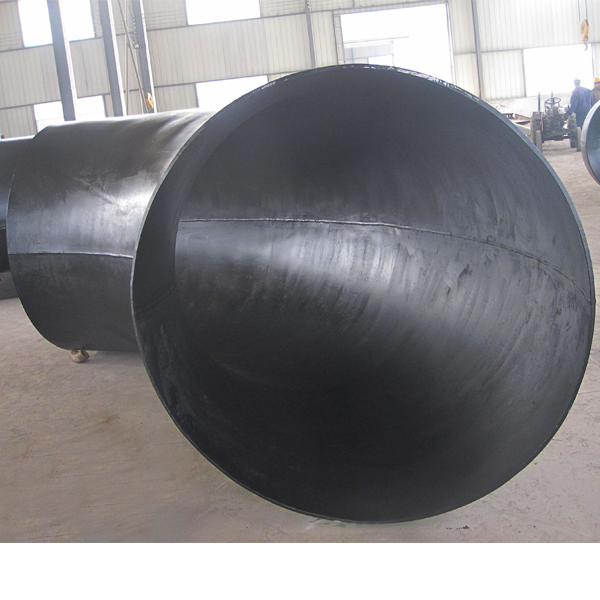Pixel values
The pixels are tiny photosensitive materials mounted on the imaging device. The more pixels there are, the higher the image resolution and the clearer it is. Therefore, the number of pixels is a major indicator of camera imaging quality. Because the camera's working principle is very different from that of a camera, there is also a distinction between “dynamic pixels†and “static pixelsâ€. Therefore, unlike cameras, the configuration of pixels is often different from millions or even tens of millions. In general, the camera is not common. The camera's number of pixels reaches 40W to meet the basic shooting requirements. For high-definition cameras, 200W pixels can also meet the shooting needs of special circumstances.
Horizontal resolution
Horizontal resolution is a measure of image clarity and is usually expressed in lines (ie TV lines, TVL). One television line is 1.33 pixels when interlaced. In the surveillance camera, both the pixel value and the horizontal resolution are the main indicators for measuring the sharpness of the picture. Under normal circumstances, only the horizontal definition index exceeds 1080i (2 million pixels) and 720p (92 million pixels) can be called high-definition imaging.
Minimum illumination
Minimum illumination, also known as sensitivity, is a method of measuring camera light sensitivity. To put it bluntly, surveillance cameras can see images in dark conditions. Its imaging effects are related to the aperture of the lens. In fact, the representation of the minimum illumination allows us to judge very well. For example, when we use the F1.2 lens, if the shooting ambient brightness is as low as 0.04lx, the amplitude of the video signal output by the camera is 50% of the maximum amplitude, which is 350mV, so the minimum illumination of this camera is It is 0.04lx/F1.2. In general, the minimum illumination is less than 0. The lx/F1.2 camera can be called a camera with low illumination function.
Camera target
The imaging target plane is also referred to as a scanning area, that is, the size of the imaging device. The current target size is expressed in inches, which is the diagonal length of the image sensor. To date, the camera target has gradually progressed from 1/2 inch to 1/4 inch. Although theoretically, the smaller the size of the target surface is, the higher the content is, but compared with the 1/4-inch target surface, the 1/2-inch light will have more light, and the 1/4-inch device will have more light. Greater depth of field, therefore, the specific advantages and disadvantages will depend on the shooting environment.
Determination of surveillance camera indicators
Scanning system
This refers to the scan format of the camera output image. The international scan format is usually PAL or NTSC. In China, it is usually PAL. The standard is 625 lines and 25 frames per second (25fps). The United States, Japan and other countries implement the NTSC system (29.97fps). Its size affects the playback speed of the picture.
Lens installation method
The lens installation method is divided into C and CS modes. The difference between the two is that the distance to the photosensitive surface is different. The CS model (17.5mm) is an upgraded version of the C model (12.5mm). Its advantages are low cost manufacturing and reduced sensor size. The camera's interface is generally CS type.
Signal to noise ratio
Signal-to-noise ratio usually refers to the ratio between the camera output image signal and the interference signal. The higher the signal-to-noise ratio, the clearer the imaging effect. In general, the signal-to-noise ratio is 46dB. If the signal-to-noise ratio reaches 50 or more, then the imaging effect will generally be very good.
Wide dynamic
The wide dynamic function is a technique used by the camera to see the characteristics of the image in a contrasting environment with very strong lighting. Exposure twice at the same time, and then synthesized so that you can see the bright and dark objects on the screen at the same time. The subjective brightness difference between the background picture and the subject picture is greatly reduced, but the picture quality is guaranteed. It is of great help to users who have shooting environments with strong contrast lighting.
Background light compensation
It is the use of digital signal processing technology, through the automatic adjustment of the "aperture" and "gain" two factors to achieve the best match, in order to solve the problem of strong background light to make objects shadow.
White balance
White balance is a very important concept in the field of video camera. Through it, it can solve a series of problems in color reproduction and tone processing and improve the authenticity of the picture.
In fact, like the computer and other digital products, the above points are also the main factors that determine the quality of surveillance camera imaging. When we select the camera, as long as we pay attention to these issues, we can basically have a clearer understanding of the camera's imaging effect and application environment, so as to help us make the right choice.
Pipe elbows are mainly used for connecting two pipes. all the fittings in the piping system use , 80% proportion is elbow. Typically,we choose different elbow forming process according to different wall thickness and different materials. Currently, manufacturers of seamless elbow forming process commonly use hot push, stamping, extrusion.
| According to Pressure and thickness: Sch5s, Sch10s, Sch10, Sch20, Sch30, Sch40s, STD, Sch40, Sch60, Sch80s, XS; |
|
||||||||||||
| according to the angle of elbow : 45 °, 90 °, 180 ° and so on. |
|
||||||||||||
|
according to the bend radius: 1D, 1.5D, 3D, 4D, 5D and so on.
|
|
Stainless Steel Elbow,Elbow Pipe Fitting ,Elbow Fitting ,Steel Pipe Elbows
CANGZHOU HAOYUAN PIPE FITTINGS MFG CO.,LTD , http://www.pipefitting-china.com



